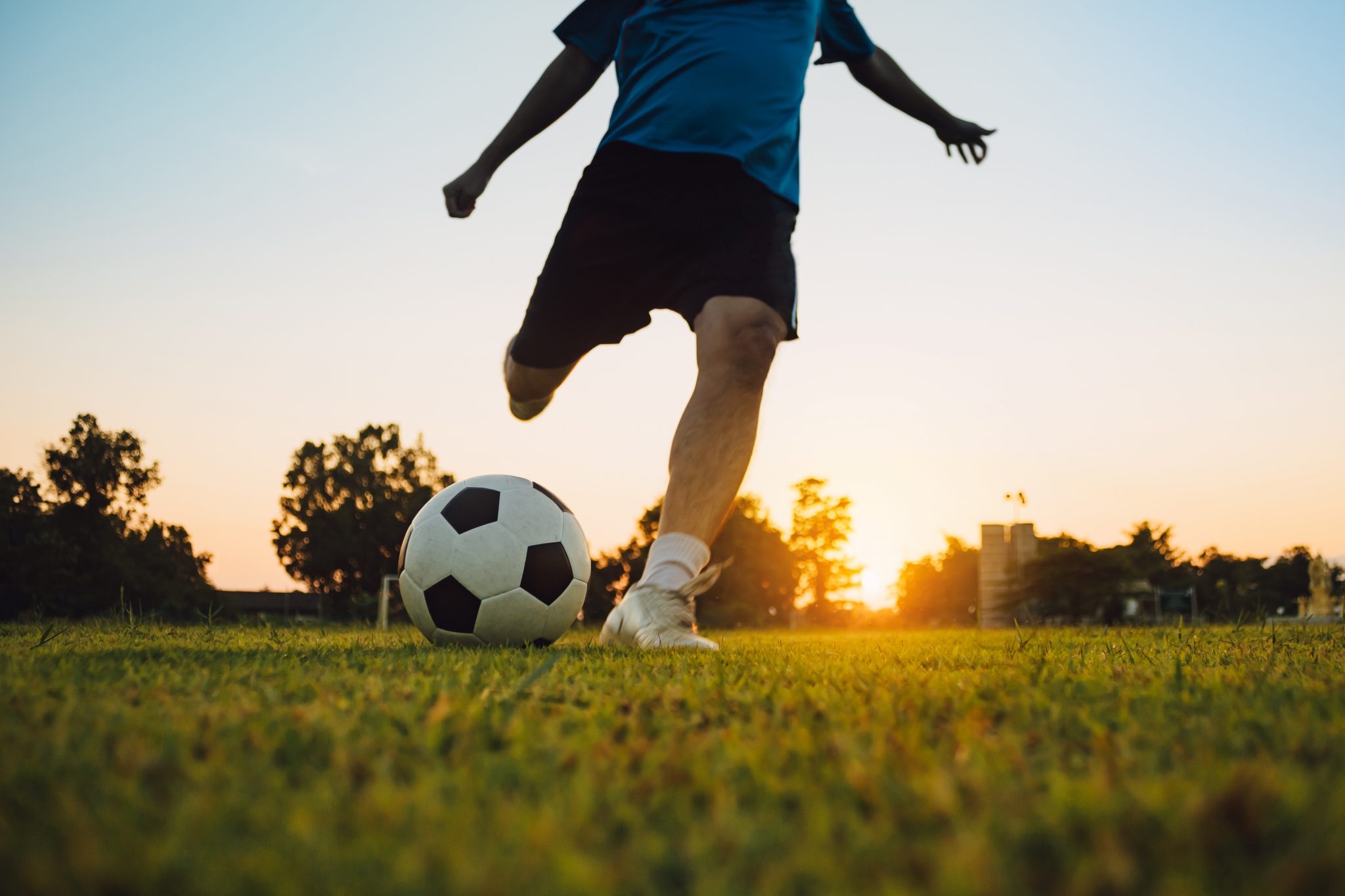While a phone or a tablet may keep the little ones entertained, new research suggests that it's not so good for their eye health.
As uncovered in Optometry Australia's 2022 Vision Index report, myopia, or short-sightedness, has increased to 40% in Australians – up 3% from 2020 and in line with predictions that over 50% of the global population will have the condition by 2050.
Luke Arundel, optometrist and Chief Clinical Officer at Optometry Australia said the Vision Index has revealed troubling trends where Aussie children are at increased risk of developing myopia due to significant surges in screen time use being reported over the last two years.
“We know that prolonged periods of ‘near work’, or focussing on things up close has been associated with myopia development and progression, and technology has changed in a way that we now learn, communicate and relax with digital devices or screens. When we are on screens, we are typically doing this inside, and research now tells us that exposure to light at the brightness levels we get outside is essential for children to develop healthy eyes,” said Mr. Arundel.
Over a third of those surveyed for the index reported a 3-8 hour increase in screen time over the last two years, with over 50% of parents saying their kids had 4-8 hours a day on screens. Two out of three Australian parents were concerned about the amount of time their children are spending on screens, with over half reporting their kids were looking at screens more in 2022 than in previous years.
It also found that 34% of Australians were unaware that near work activities play a role in myopia development, and more than 50% were unaware that a lack of exposure to outdoor light during childhood can be a contributing factor to the condition.
“Alarmingly, the earlier myopia starts the more likely it is that it will progress to high myopia (over -5.00D), where there are increased risks of permanent vision loss through glaucoma, cataract and problems with the retina, (the sensor layer at the back of the eye). Research published earlier in the month estimated that almost a third of uncorrectable vision impairment in the world is attributable to myopia-related disease," said Mr Arundel.
"However, optometrists now have the tools and technology (specially designed spectacles, contact lenses or medicated drops) to actually slow down the progression of myopia and hopefully prevent the next generation of Aussie kids from developing these problems.
“Making sure children take sufficient breaks from close focus activities and screens, remembering the 20-20 rule (every 20 minutes look at something in the distance for 20 seconds), and getting one to two hours outdoors each day will also help children to develop healthy eyes."
While the COVID-19 lockdowns exacerbated behaviours such as time spent on screens and indoors, concerningly 27% of parents postponed children’s eye health checks as a result of the pandemic and 13% postponed more than once.
Optometry Australia recommends that all children have an eye exam before they start school and receive regular eye checks every two to three years. While COVID-19 lockdown restrictions have made visits challenging over the past two years, optometrists are now fully operational across Australia with enhanced infection control protocols.
You can use the Find an optometrist search tool to locate your nearest optometrist and book an appointment today.
The 2022 Vision Index was conducted via an online survey by Empirica Research on behalf of Optometry Australia. The survey sampled 1,000 national representative Australians from 25 February 2022 to 3 March 2022.





